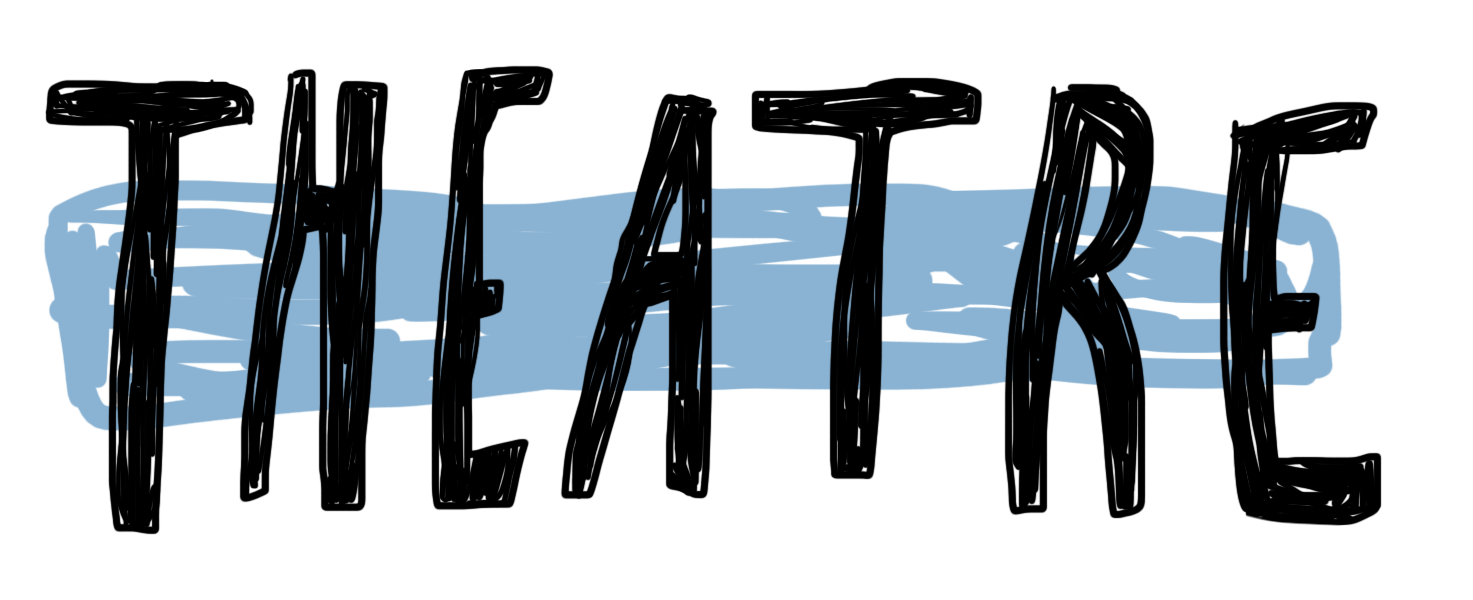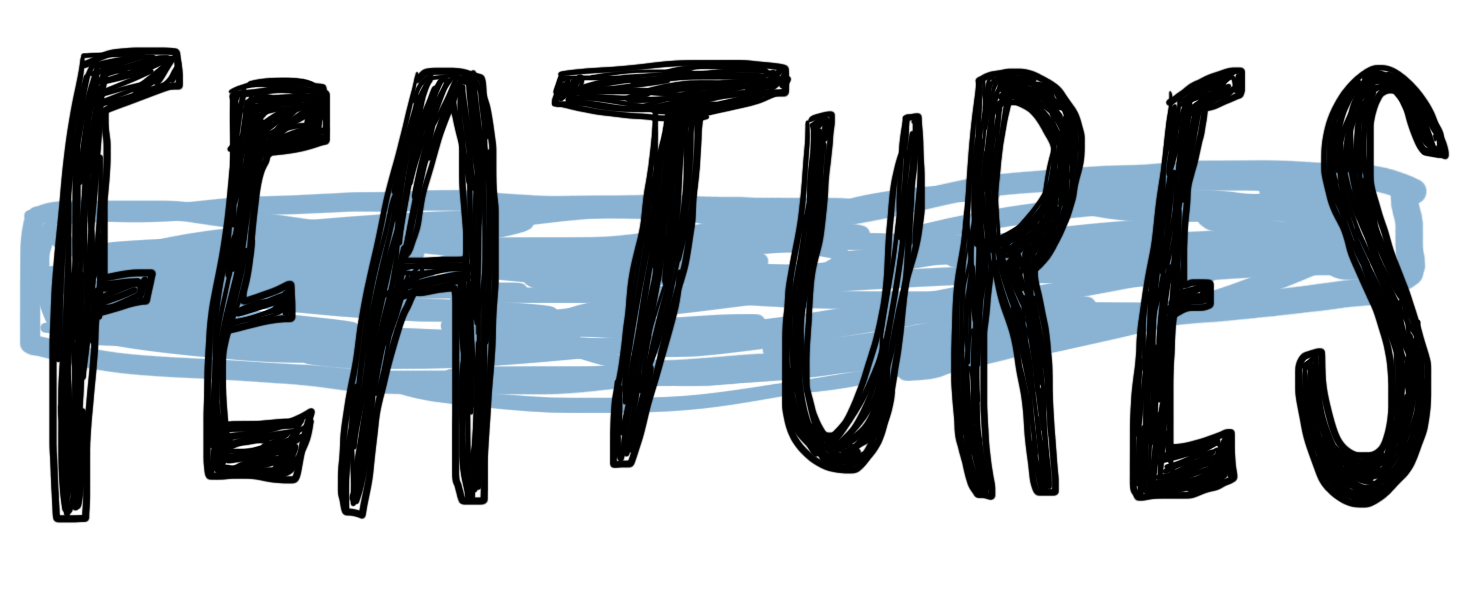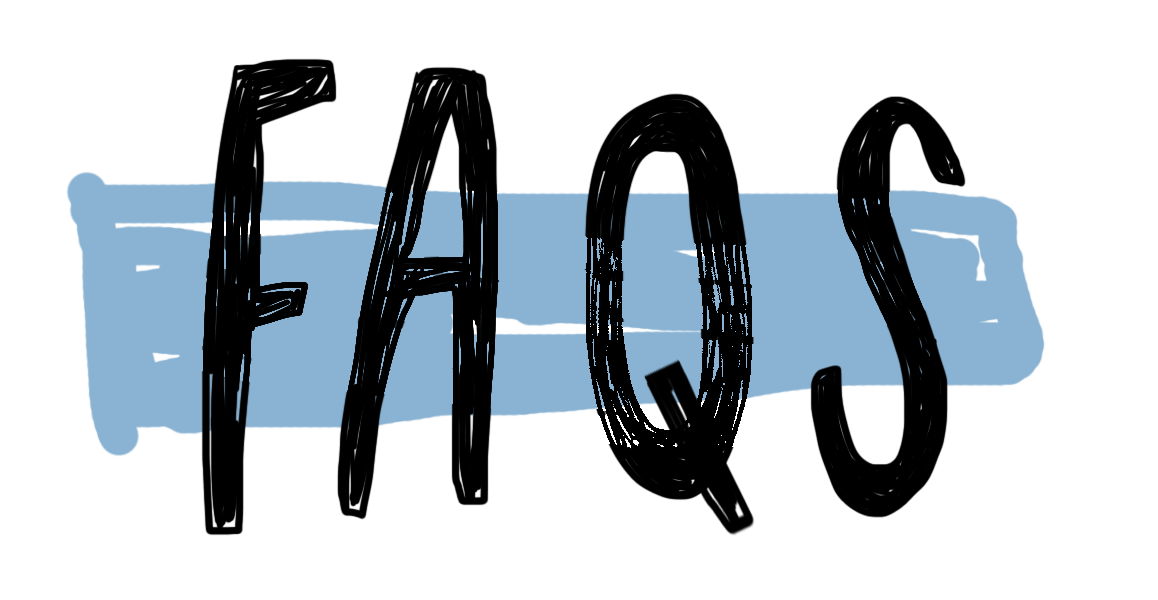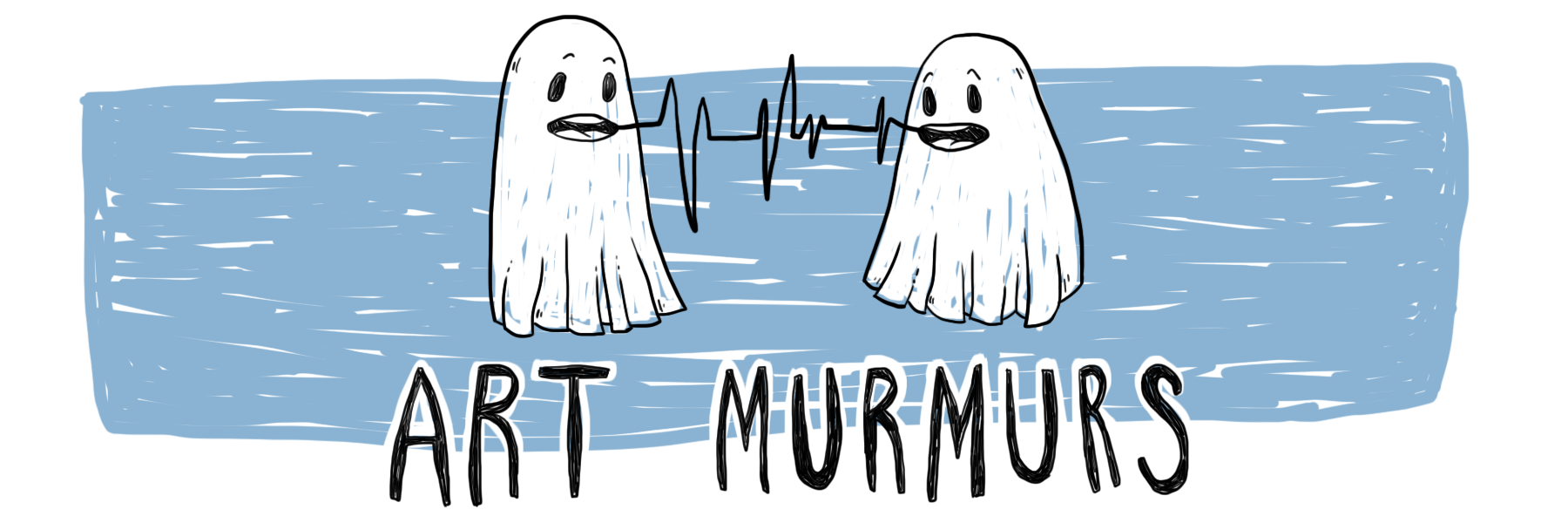Hilary Penwarden

The quest narrative is given powerful new depths by a fantastic cast and ambitious design. The cast is led by Mia Van Oyen. Van Oyen plays ten-year old Billy, demonstrating her incredible movement skills and electric charisma. We meet Billy, first by the implication of her presence in a real-life billycan, then through shadow-play on a central screen as her silhouette cheekily maneuvers out of a projected billycan then in front of the central screen chasing a neat hand-operated butterfly puppet. The transitions between these three units of action are seamless, setting the audience up for a production that consistently blends live-action, shadow-play and puppetry. This early image of the butterfly fascinates me. Van Oyen operates the butterfly puppet with one hand and chases it with the other. I am struck by the conflict of ideas that this movement evokes. The character earnestly seeks what is already hers. It is an early indication of the production’s ability to reveal complex hidden depths beyond simple surfaces. Indeed, Billy’s journey throughout the play turns out to be a journey of discovering and owning her inner-strength.
Joe Dekkers-Reihana, Van Oyen’s real-life uncle, plays Billy’s greedy and duplicitous Papa with nuance and shade. Wearing sprouting prosthetics to create Papa’s grotesquely gnarled and overlarge hands and feet, Dekkers-Reihana embodies the haunting persona of a grasping old miser. He handles the fairy tale extremes of villainy within this character without ever veering into caricature. Playing a character whose main objective is to obtain anything he can get his gnarled hands on by illicit means, it is a testament to Dekkers-Reihana’s charisma as performer that his character never seems too one-dimensionally evil. Sure, he lies, cheats and steals, but he’s charming as all heck - with a hauntingly beautiful singing voice to match. Without this charm it would be hard to understand why Billy decides to pursue a journey to save him when he falls victim to the falling-limb curse.
The set and lighting design (by Dekkers-Reihana and Michael Trigg respectively) evoke a suitably bleak yet magical post-apocalyptic environment for this story. The set is an eerie murk of dark hues: black, brown, grey. The focus on darkness makes the occasional sudden bursts of light all the more meaningful. Trigg’s design enhances the sense of mystery in the play with ample haze and moody tones. Full use of the Propeller lighting rig is employed by the design and the operator (also Michael Trigg) to shift the lighting states between those necessary for live-action, those necessary for shadow-play and even those necessary for a young audience member to exit the theatre safely during the opening night performance for whatever reason - talk about responsive design!
A fairy tale quest genre naturally demands the need for multiple locations and transitions, tricky for any production to accommodate. Director Carolyn Dekkers handles the transitions best when she blends the stage-hands’ tasks (performed by the actors) with the action of the play and live music provided by Joe Dekkers-Reihana. The first major transition when Billy leaves her fire-pit is accompanied by a traditional, uninspiring blackout and recorded music that creates a major lull in the action. Conversely, the production executes the next major transition from a quiet, intimate scene into a bustling market-place environment with creative genius. Dekkers-Reihana, who’s been accompanying the action on guitar, holds out his instrument and yells “free guitar” and suddenly, every prop on stage that needs to be moved is now a product for sale from a zealous vendor. The lights, action, set and sound are in complete union - a moment of triumph that has this theatre-nerd in awe.
The success of the magical atmosphere of the show hinges on the use of puppetry and prosthetics. The puppets are beautifully designed and deftly operated. Papa’s prosthetic limbs look amazing but are ill-designed for practical operation. On opening night there are odd prop and costume malfunctions related to Papa’s overlarge limbs quickly brushed aside by the actor’s easy charms. It is sometimes difficult to hear Van Oyen over the clonking of Papa’s gigantic feet, but no important information is lost. These few moments being an exception, the production’s elements of puppetry and prosthetics work well to envelope me into this magical dystopian world.
The adults in Billy’s story are fleshed out by additional actors from outside the family. Elle Wootton and Alex Greig play adult characters Billy must encounter and overcome in her quest to heal her Papa. Together with Dekkers-Reihana they evoke the mysteries, contradictions and hostilities of adults that Billy must decipher and conquer. Each of them present characters that provide obstacles on Billy’s journey. Billy must negotiate with the doubt-ridden Little Man (Wootten) whose mysterious grief prevents him from giving Billy all the information she needs. Billy must fight off the insatiably hungry Fat Man (Greig) and the terrifying Miner (also Greig) before finally confronting her problematic Papa. The adult actors perform their parts with pure professionalism. The best testament to their expertise is that while handling show-stopping technology, they never allow themselves to overshadow the performance of the play’s young heroine, Billy.
Ultimately this play is a platform for Billy to shine, not the adults around her. Van Oyen’s portrayal is bold and sassy yet gentle - an incredibly layered performance. From the moment the shadow of her toes peeps out from her billycan I’m on Billy’s side and I want her to thrive. Each time she is threatened, whether it’s by her greedy Papa, the hungry Fat Man or a terrifying Miner, I feel physically upset at the idea of anyone treating her badly. But Billy proves time and time again that no one needs to worry about her. Throughout the story she handles the incompetencies and hostilities of the adults around her with ease. Billy shows us that really it’s the adults in this world we need to worry about, not the children.
Adhering to the fairy tale form, the play offers didactic messages that can be carried into the audience’s real world. With the adults’ need for “black earth” shown to be “mining the life from underneath us”, the script is determined to communicate a environmental conservation agenda. But it’s the message in the action of the play, teaching us to value child agency that I go home with. “The only one who can save yourself is yourself”, Billy says wisely as she confronts her desperate Papa. No adult in the play could teach her that; instead she teaches us.
Through Billy’s actions we are reminded of our own power as individuals. The dead bird named Tino Rangatiratanga (“Tino” for short) that Billy keeps with her wherever she goes is a case in point. Not only does the bird provide opportunities for excellent zingers like “neither myself nor Tino Rangatiratanga are for eating”, it is a powerful symbol for the value of self-determination that its name invokes. The world that Billy has inherited is dying because of adult greed and self-interest. Billy is the future and her steadfast dedication to a dead bird gives new life to both the character of Tino and the concept of Tino Rangatiratanga. Just as the butterfly symbolises Billy’s untapped and immense power and ability to claim her own destiny, so too does Tino. It’s a small touch but the dead bird perfectly reflects this production’s ability to show us hidden depths beyond normally underestimated surfaces.
There are inconsistencies within Billy’s world that distract from the ideas of the piece and the complexities it offers. If nothing in the land can grow because of the Miner’s greed, why do we meet Little Man next to a living tree? If Papa’s limbs have fallen off, why does he reappear with them later? Finally, I leave the play still unsure over what exactly caused the curse of falling limbs. Billy seems to have figured everything out at the end while I’m still a bit in the dark. Maybe that’s because she’s much, much smarter than me. I’m happy with that. It’s rare that a production so enchants me that I will reach so far for hidden meanings. Ultimately, any questions over the logic of the world do not stop me from getting completely caught up in the play’s magic. The play’s elements of design and performance interact so well they create their own magical logic for Billy’s world that overshadows holes in the text.
Billy’s journey has left me philosophising. She makes me realise that my world underestimates and undervalues children more than any other group of people. The systems in place in our society are constantly undermining their agency. The extraordinary efforts of this family-driven production, remind us of the failings of the adult world’s hubris and show us that redemption lies in what our children have to teach us. I thoroughly recommend this thoughtful, magical and relevant production to audiences young, old and everything in between.





